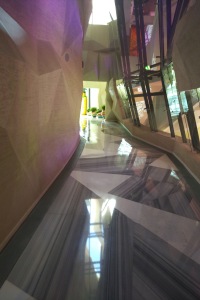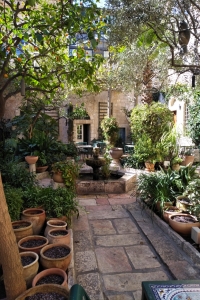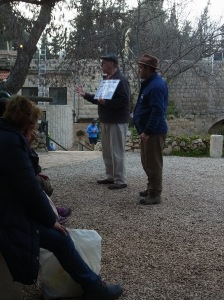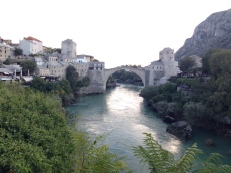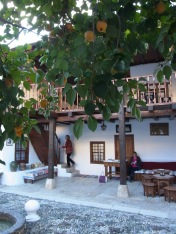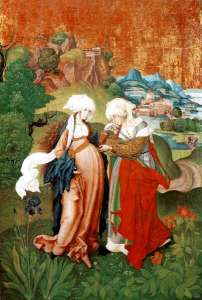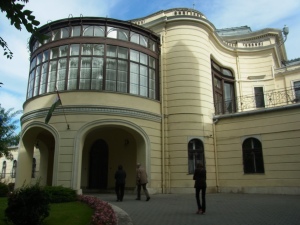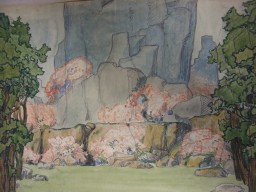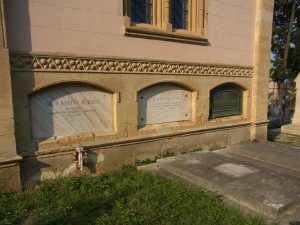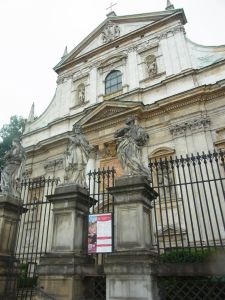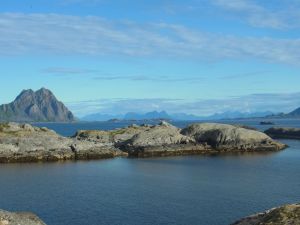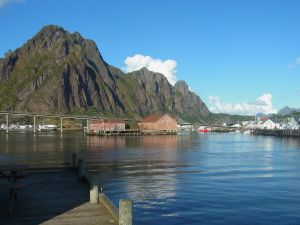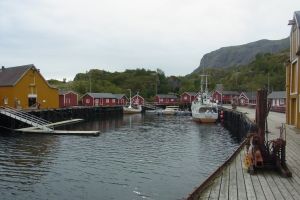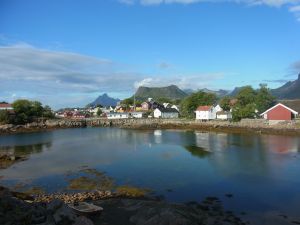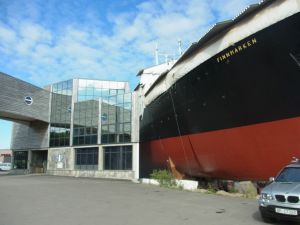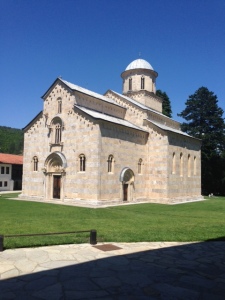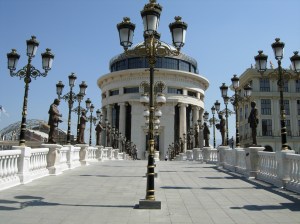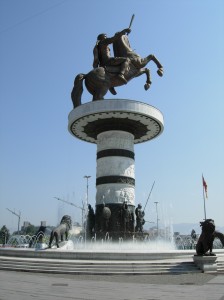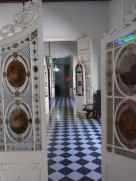2nd Feb to 12thFeb, 2019
It is not the best time in the Wadi Rum, if star gazing is your wont. The weather is unsettled. We had cold days with rain and some thunderstorms with hail the size of sugar lumps but flowers were blooming in the sand although the tulips were not out and the Benouin were selling the corms in their shacks. Jordan and Israel have water problems so we were glad for them. That said in general go in this ‘out of season’ the queues were bad enough at the Church of the Holy Sepulchre and the Nativity in Jerusalem and Petra has one million visitors a year now. We entered through Amman on a direct flight. The queues were lengthy and many were buying the invaluable JordanPass as well as their entry visa. Buying ahead is a good idea for 75 JOD. www.jordanpass.jo This provided us with 1 time entry to all attractions and 2 day visit to Petra. It is valid for one year. The Jordanian Dinar at the time was 1.10 to the pound. It is a very expensive country.
Hiring a car took time. I took out an international driving license – my first for decades as it contains Arabic, although a British one is fine. Getting out of Amman was difficult. On the main routes are police checks every 12 ks. The police soak up some of the unemployment. We had no problems. The Jordanians are the most charming and polite of peoples except when behind the wheel. Oxford Car Hire was excellent and I arranged all through the wonderful manager in the Petra hotel.
Driver from airport to W-Amman Moe (Mohammed) 0790336292 (JOD 30)
Manager of Oxford Cars, Ahmed 0791003396 (5 days @ JOD 225). I paid through the hotel in Petra. Apart from convenience Amman is not vital although I would have been sad to have missed the outstanding little museum in the citadel. Traffic is hideous – there is little public transport. A German company looked at building a metro but blasting through the rock would have been financial suicide.
As there seemed no small boutique hotel to hand we chose W-amman marriott@express.medallia.com
All the big hotel chains are in Amman, a statement of the relative stability of the country. At the W the staff were charming. The rooms were small but functional, slightly clinical, like a dentist’s, where everything is in an arm’s reach. This is in strange contrast to the public areas which conform to modernism. There was good food in Mesh, and wonderful breakfasts. Try the beans with spices… try everything and take a doggie bag for lunch. The wine was outstanding and we fell upon the St. George vineyard from the north. The hotel like all the others is observant about security. It was adjacent to the modern shopping mall with a good wine tasting.
Feeling fragile after the BA flight we hired a driver to Jerash rather than negotiating our way out of Amman which is sign poor. Jerash is outstanding. Its Caro and forum think Place de la Concord or the centre of Budapest. Each segment sponsored by some rich merchant 2ndcentury AD. Ajlun although important, Arab built versus Crusader, does not thrill but Huon Mallalieu suggested we stopped off at Qasr-al-Abd west of Amman. We reached it through a valley steadily being built upon at dusk and we had the place ‘built by a first century nouveau riche’ to ourselves. It is a delight. Taxi (75 JOD plus tip). Sites close in winter at 16.00. Qasr-al-Abd had no one around.
Taking a taxi to the Citadel in Amman was a good idea however not knowing that taxis are plentiful I asked him to stay which was unnecessary. The museum there is a must see. Then to Roman Theatre and Ethnographical museum. One piece of good inlaid furniture and nice costume. And nearby tourist trap near the main mosque instead of souk but parking possible. Taxi over charged. (60 JOD).
There are three main north south routes and we drove all three. Driving on the Desert Highway to Petra went via al-Karak. Ate in café opposite entrance. It offered very good hummous with Turkish coffee and carpet shop. I am unsure whether the man who said he made the carpets made them. Worth seeing this crusader castle. It was where, in 2017, terriorists shot a tourist and the bullet holes remain. The result is that the castle is crawling with bored police. The Desert Road was bumpy, nose-to-tail lorries on this north south route. With uncertain lane markings and rules it was difficult in the dark. Back on the Desert route as far as Montreal to Petra. A little of the King’s Highway. None perfect but King’s Highway, being the more ancient, has more sites.
Stayed in Movenpick in Petra +962 32157111. To be recommended as it is at the gates of Petra and again both staff and manager, Mr Mohammad Kasbah were excellent. Mr Kasbah organised our transfer from the airport to the hotel and the car hire. Hotel was comfortable but very groupy. Breakfasts for that reason were not pleasant although the food was good. Suggest do not do self service but use the dining room for dinner, Al iwan, and Al Maga’ad for bar lunch was lovely.
Visit early the site opens at 06.00. We went at 07.30 with excellent guide,who I reached through the hotel. Mohamed Hashwa. Mob +962776122136 hashwa@hotmail.com. He rode up with us to the top at the ‘Monastery’. It has strange unfinished blocked out capitals and Metopes unlike ‘the Treasury’. I walked down. It is 9 miles in total. Carriages are quaint but uncomfortable. Better at first by foot and then up the endless steps, but picturesque by mule or donkey.
Most tourists stop at the ‘Treasury’ so continue wonderful buildings beyond and fresh finds Petra now has 1 million tourists a year. Long gone are the days when friend rode in alone and stayed the night in 1936. Inspite of the income Petra must bring in there is little regard of the site. The soft sandstone is climbed all over and the rock chippings are sold by small children who should be in school. The wonderful tulips were being dug up and sold. Most of the money earned, I was told, goes into the wrong pockets.
If energy is there, investigate, by car, Little Petra. We were guided to the caravanserai by a Bedouin from the car park. Interesting fragment of late Roman fresco and house caves. Also walking route over to the ‘Monastery’ in Petra. Well worth the visit.
There is a good restaurant near the hotel in Petra. Red Cave, Ayman Helalat is the Manager. 962 772447745. info@redcaverestaurant.com. It is dry.
The Wadi Rum
Decided not to go for the lined tent nor igloo option (these see through tents looking like observatories are also just out of Little Petra at over 200 JOD a night). Went instead Bedouin Lifestyle with Attallah Albiwi +962 779 131 803.
Stopped at the welcome building – gloomy (but the food looked good at 12 JOD). We parked our car by his office, full of luggage. All fine. Attallah’s father was a famous guide in the area. Bring torch and cash as payment of all invoices is in cash and there is no ATM. Extra 20 JOD pp for 4 hour jeep drive. Camel rides too. We had double tent with private bathroom and shower. Basic and with cold water. The night was cold but were given piles of rugs which also covered us in the jeep. We were too early for the tulips but all sorts of other things were flowering. Jeep ride was a bit adventure playground and not very Lawrence of Arabia unless you pretend that no one else is there. However the Bedouin team did well, showing cooking techniques in the desert. Friendly staff and music after dinner with a Q and A session. I liked their style.
Al-Aqaba a bit like Ayr beach front with blow up toys and nets. See through bottomed boats for the sea life. Again we had the sugar lump hail and thunder storms as we dipped our toes into the warm Red Sea.
To turn north take the Dead Sea road past the airport. So much new building, and signage non existant, so WiFi was useless and more fruitful to ask in a garage for directions. When on the road there is no need to deviate. It is all desert but is more interesting with farms from about al Safi. The potash mining is hideous, but no worse than open coal mines.
Dead Sea
Movenpick Resort and Spa +96253561111 at the Dead Sea was large with a pseudo village aided by buggies. It was full of groups. There are two advantages to staying there; one is the outlet to the Dead Sea and the other is a well organised Spa. The latter is worth time spending… and money… Mud Wraps or Thalgo Mince, etc. The Director of the spa was exceptional by any standards. He is Ayman Alamat at Reservations +962 6500 53 00 ayman.alamat@movenpick.com
As it was out of season (we were, just, allowed by the life guard to float in the sea) most restaurants were shut. Do not eat in Luigi’s. We decided not to go self service in main dining room, only used for breakfast. Eat in the bar.
If cold it was suggested that we went to the hot springs at the Ma’in Resort. It was fine by North Berwick standards.
We ate lunch at the infinity Pool – lovely.
Good, picturesque, hilly drive to Madaba. Great church, St Georges, to see mosaic of Jerusalem C6th. Not for Jordanpass but only 1 JOD. The Church belongs to the Greek Orthodox community. Had café, etc. but best restaurant is Haret Jdoudna with parking, Madaba (05) 324 8650/324 8651, reservation@haretjdoudna.com. Wonderful food and wine and not expensive 38.25 JOD for 3. Nice buzzy town with women much covered. Many Christians from Karak, moving there in the 1880s. Down to Dead Sea from Madaba on road via Mount Nebo which was in thick fog, so not much good for Moses.
Crossing the Border
The crossing is at King Hussein Bridge also known as the Allenby Bridge. As a tour bus all probably easy but as independent traveller difficult as most instructions are in Arabic. The taxi from Oxford Cars dropped us plus luggage at the entry to the terminal. Aged porter dumped luggage outside and intimated we left it there. Take luggage inside hall. Three different people to visit for stamps, etc. Payment of exit 10 JOD, then they retain passports until you are on the public bus which seems to go only when full. There is a change here but leave enough for the bus money 7 JOD. Through several check points and over to the Allenby Bridge… a very long no mans’ land. This took 3 hours from time of arrival at exit from Jordan. Then at Israeli side again chaos queues. One queue for foreigners to the left but nothing to tell you that. Luggage put on security conveyor belt and tagged. Through one lot of security, collect luggage via tag and on through two more security gates. This was easy after the chaos of Jordan. Keep single paper with visa for Israel until you leave. This all took ages and ate into our first day in Israel.
Israel
Our excellent driver/guide took us straight to the hotel the American Colony. In Jerusalem, Tel Aviv and Jaffa over two days our guide David Beradt, +972 50 531 4867 davidberadt@gmail.com was superb. We did all the expected things but however much you expect from the news or reading, the biblical history in both Jordan and Israel overwhelms and creates wonder.
Even in the off season the sites were crowded with queues. I wonder what the Chinese visitors thought of the Wailing Wall. David Beradt was charming, knowledgeable and prepared to go to endless lengths so we could visit Sir Anthony Palmer’s memorial in Tel Aviv then onto Jaffa. We had a walk around the old centre and a delicious lunch in the Souk.
He could not take us to Bethlehem so we went with his Palestinian friend, Haled 052 627 0055. Taking passports we drove through the wall which was covered in graffiti and some Banksy. The Palestians find getting through this difficult and do not have passports making foreign travel almost impossible. If you leave for more than two years the Israeli government confiscates your property.
The Church of the Nativity, apart from the usual fascinating mix of Moslem holding the key, the Franciscans, the Orthodox, the Armenians and the Copts claiming space, for me the new discoveries of the fine mosaic floor and the aisle mosaics were memorable. Our afternoon was spent back in Jerusalem where the Israel Museum is a must see. The Dead Sea Scrolls, sculpture garden, Antiquities, Jewish Life and a collection of European art. The restaurant, Modern, was the best I have been to in a museum.
The American Colony in Jerusalem,+ 972 2 62 79777 reserv@amcol.co.il. It has a remarkable history of being founded by a non-conformist colonies from Chicago and Sweden arriving in 1870s. Finally becoming a hotel from 1902 at the urging of Peter Ustinov’s grandfather who had a hotel In Jaffa. Archives are unusual. Many on the walls of the hotel and it is worth booking a tour with Rachel Lev the archivist.
4 Netiv Zoharah, Jerusalem, 92583 IL Tel: +972-2-5630847 mobile: +972-544-601853 email: museumworks@gmail.com
The hotel old style with welcoming roaring fires in February. Rooms charming and beds turned down in the evenings. See too the fourth generation Ali Baba’s cave of a shop and good book shop next door. Food fine if not cutting edge. We ate in the Brasserie next to the bar, which does a delicious peach martini. Large dining room for breakfast and on Fridays and Saturdays for lunch. Missed out on the Rockafeller Museum with Eric Gill’s work which I regret as it has British connections. Areen in Reception was vg as was the driver to the airport. Hussein 050 5457947. Abumahdi_jerusalemtaxi@yahoo.com. In the city don’t take taxis unless they have their meter running.
This non conformist link is fascinating and if you can, visit The Garden Tomb and Golgotha www.gardentomb.com. See this non-conformist alternative to the site of the Tomb at the Church of the Holy Sepulchre. The non conformists believe they have found the real site with no bells and smells. Closed Sunday. When we were there it had a large group of Nigerians. The Nigerian Government pays for such Christian groups to visit Jerusalem and does the same for its Muslim population.
The whole visit, although far too short, was fascinating from every angle – politics, art, people, religion. The politics and the sites have been written about so extensively and everyone has their view; I would recommend a visit, you cannot help but be captivated.



